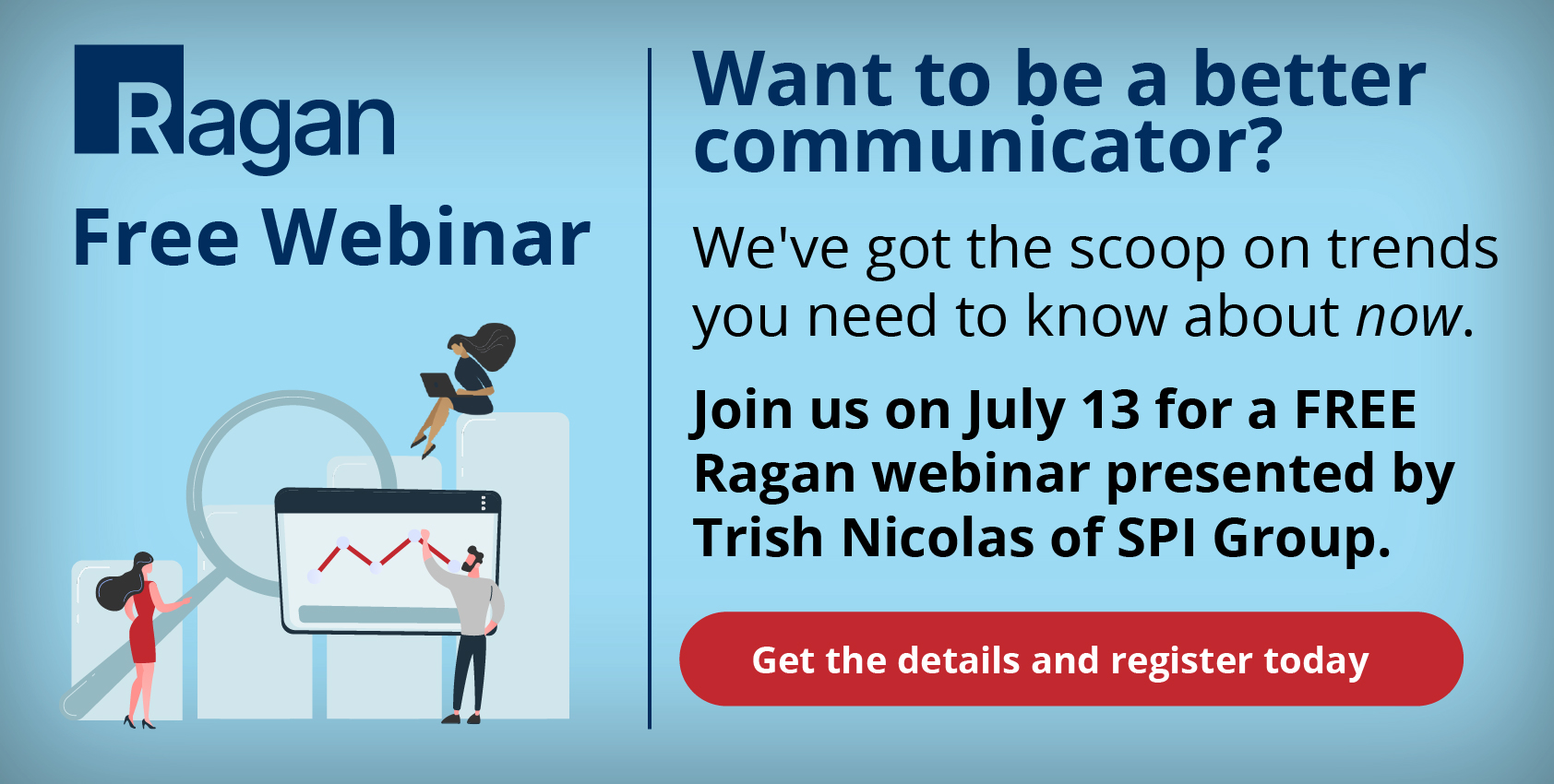How to make employee surveys count
By Trish Nicolas,
EVP, Communications Strategy and Editorial
August 16, 2022

Treat employee surveys as a “moment that matters”
‘Tis the season … for employee surveys. Sure, you’ve done them before. In fact, you may conduct them frequently, whether via regular pulse checks, quarterly, or annually. But what do you do with all that feedback?
Sharing is caring
For many companies, it turns out, not a lot. And that’s a problem, particularly in a period of “great resignation/re-shuffle/return to office,” when the plight and impact of disengaged workforces are discussed daily both in boardrooms and in newsrooms. Employee engagement has become mission-critical and has rapidly escalated in the past two and a half years to be a top priority for HR, Operations, and Communications.
However, according to The Predictive Index, “only 55% of companies regularly diagnose their employee engagement data and only 22% know what’s driving disengagement.” Just asking for feedback does not enhance engagement. In fact, trust is seriously eroded when employee feedback is provided and not visibly acted upon. If you ask for input and never report back your learnings – and how you plan to act on them – you can expect that survey participation decline, and so will employee engagement, loyalty, and ambassadorship.
Listen and act
In addition, data shows that taking action on employee feedback has substantial positive impact. “Companies that act on the feedback they receive from their workers have 80% higher engagement compared to 40% for those that don’t,” according to research conducted by Qualtrics. Higher engagement contributes to increased organizational, team, and individual productivity and performance, which can have significant financial returns.
Listening to and acting on employee feedback and inputs can have dramatic impact on the business, too. H&R Block regularly sources cost-cutting and revenue-generating ideas from its employees, as highlighted in this April 2022 Fortune article. “At H&R Block, employees are coming up with cost-cutting ideas,” says the CFO. The next great idea could come from deep within your workforce.
Despite rumblings (some substantiated by – you guessed it – surveys) of “survey fatigue,” 58% of employees want their companies to conduct employee engagement surveys more often, says the Achievers Workforce Institute. Why? Because employees want their voices heard so they can find connection to purpose, meaning in their work, and joy in their workplace.
Why it matters
If employees make the time to provide feedback, employers should make the time to report back the findings and make a commitment to visibly acting on the inputs. The more employers visibly act on the feedback, the more engaged the employees will be. They feel heard. They feel seen. They feel empowered. They become part of the solution. They engage.
What next?
Great Place to Work has some good guidance about how to share progress and success from employee surveys:
“After reviewing and analyzing their department results, managers are expected to openly discuss the feedback and trends with their teams and then finalize department-level action plans, which can be sent to higher-level leadership or tracked by HR.
It is typical for the CEO to communicate organization-wide survey results within a month of receiving the survey results. Leaders should communicate broadly, often through multiple channels.
The communication rollout is often followed up by an organization-wide action plan to focus on a limited number of areas, with participation from at least one executive sponsor.”
When planning your next survey, what you do with the feedback should be part and parcel of the documented plan. Your survey is only as good as the actions that follow.
Smart employee survey planning
For best practices and a handy checklist on how to create compelling employee surveys – as well as other helpful resources informed by our experience serving global Fortune 500 clients for the past 25 years – download our Internal Communications Toolkit.
SPI Group stands ready to provide custom counsel for strategic communications and audience engagement solutions that help your organization make the most of employee surveys as a “moment that matters.”
About the “Moments That Matter” series
The world is watching what companies say – and more importantly, what they do – and attention is often magnified during moments that matter. Brand reputation, talent attraction and retention, employee engagement and pride, investor support, shareholder and corporate value, legislative action, and sales are all affected by the communications and actions of companies during keystone moments. These moments may be world observances, current local events, or pivotal happenings specific to your organization, but they can have impact on your business.






